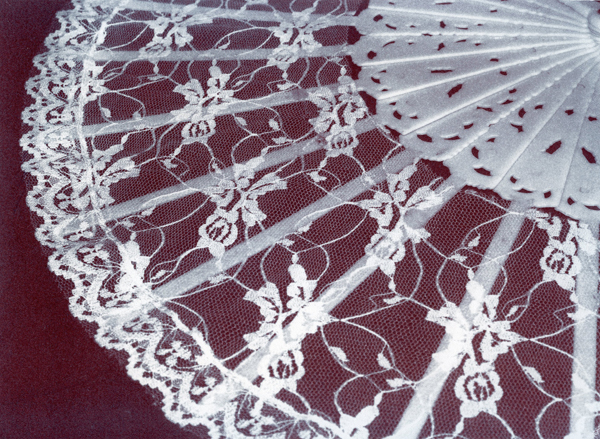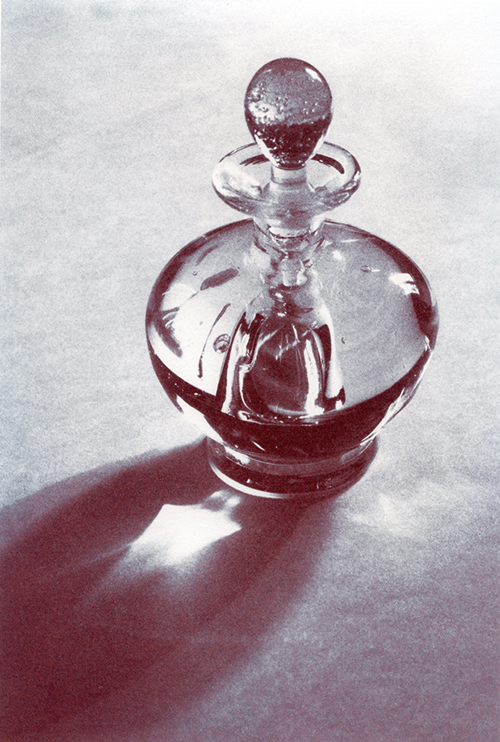An exhibition of images of jewellery and mementos processed with an alternative technique will be shown at Gold Street Studios in central Victoria.
‘Femininity and Memory’, an exhibition of split-tone images by photographer Wendy Currie, explores a collection of jewellery and mementoes used by her 95 year old mother. Currie has photographed and processed the images using the chrysotype technique, a lengthy and complex procedure which offers similar stability to a platinum palladium photo. Currie says, “Traditional monochrome film photographs are based on silver. However, in the earliest days of the art, photographers explored the use of a variety of other metals in processes referred to collectively as “alternative” or “non-silver” photography. Chrysotype is unique among them, in that it is based on gold.”
The process was discovered by one of the earliest figures in photography, Sir John Herschel, but it was so difficult and problematic that it was little used for many years. Over 150 years later Dr Mike Ware, a British chemist with a long-standing interest in alternative process photography, spent a decade in refining and modifying the process. The chrysotype technique involves choosing and coating a sheet of watercolour paper. Three chemical solutions are mixed together immediately before use. One provides the sensitivity to light, one (with the gold) provides the colour range, and the third binds the molecules of the first two together.
Currie says, “Chrysotype involves contact printing; that is, the negative is placed in direct contact with the treated paper before exposing it to ultra violet light. Consequently, the final image can only be as big as the negative from which it is obtained. After exposure, the print is steamed and developed, after which it goes through a succession of water and chemical baths. If you get the balance of dryness of paper, steam, humidity in the room, type of developer and length of exposure correct, you’re rewarded with beautiful ‘split tones’, from pinkish brown mid-tones to slate-blue highlights.”
The exhibition uses the soft tones of chrysotype to present vintage jewellery and fashion accessories such as Currie’s mother’s vintage evening bags, fascinators, brooches and similar accessories worn in the middle of last century. “When women retain their adornments and accessories they become pegs for their memories of youth and glamour”, explains Currie. “My still-life images use ambient light only, as they seek to capture the warm glow of memory. The pinkish brown and slate split tones achievable with chrysotype are perfect for representing objects associated with femininity.”
The exhibition is at the Gold Street Studios, 700 James Lane, Trentham East, in country Victoria, from January 28 to March 15. The official opening is at 2.30 on Sunday February 1. For more information contact Ellie Young on ph: (03) 5424 1835 or ellie@goldstreetstudios.com.au
Fine lace, by Wendy Currie.
A bottle, by Wendy Currie.




